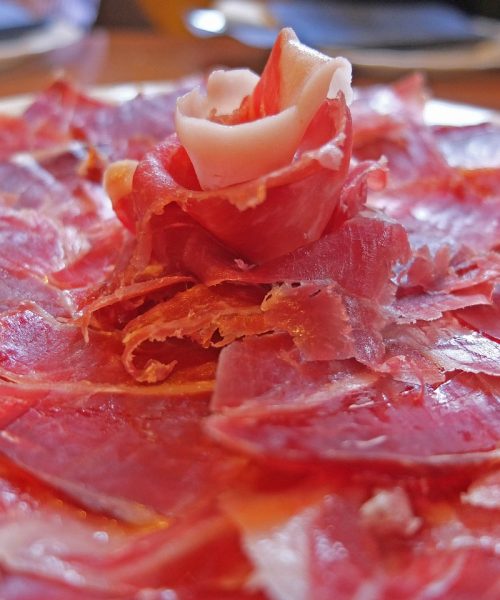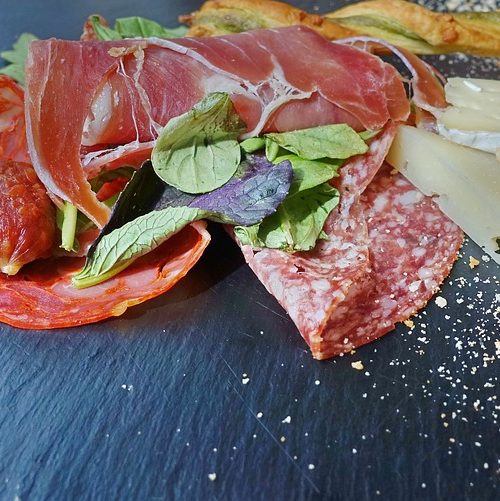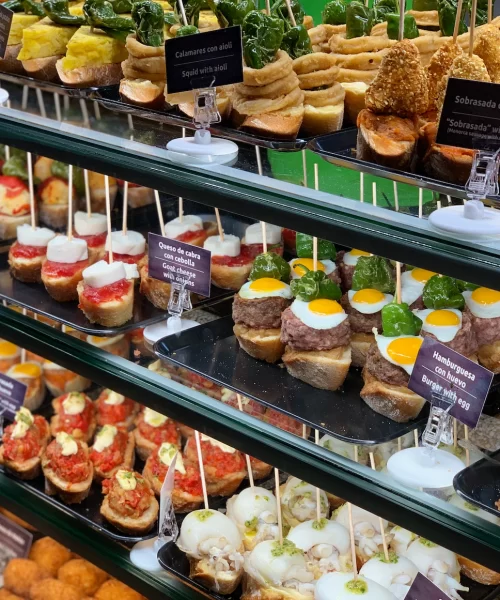Pata Negra ham is known to be among the best hams in the world – a reputation that has been rightly maintained for years. But there are also other places, especially in Europe, where products similar to Spanish cured ham have been produced for centuries.
Italian and French ham
As early as the time of ancient Rome, its inhabitants brought the techniques and processes used in Hispania for the production and curing of raw ham to their home regions in today’s Italy, resulting in the creation of various ham products.
Parma ham is made before the Drying degreased by manual processing with salt. Originating in Calabria, coppa is a sausage made with deboned ham and the meat mixed with a mixture of different spices. This is then filled into natural casings and matured for several months.
French ham is fundamentally different from Spanish ham. First the hoof is removed and sometimes they are also subjected to a fumigation process. The jambon cru is of different quality depending on the degree of maturity. The most well-known designations of origin are those of Bayonne and Ardenne.
Hams from other parts of the world
Other countries have products similar to Spanish ham , but in no way come close to the quality and prestige of the Iberian Pata Negra ham. In Germany, a common ham, such as Black Forest ham, is made from the deboned piece, which is macerated, cured and smoked with precious woods. In China, Jinhua ham is popular, which is made along the lines of Iberian ham, but with variable results. Hungarian Mangalica ham, made from Mangalica pigs crossed with Duroc, is a well-known product with a high percentage of fat in the marbled muscle tissue. Other countries such as Romania and Croatia produce hams using techniques similar to those used to produce Spanish Serrano ham.
Hams in the Iberian Peninsula
One of the reasons why the Pata Negra de Bellota ham is an incomparable product is due to the feeding of the Iberian pigs in the dehesas of the Iberian Peninsula. The Dehesa extends over large parts of the southwestern Spanish territory such as the Pedroches Valley in Córdoba, Extremadura or the Sierra de Aracena in Huelva and the Alentejo in Portugal. Although the Portuguese Presunto is partly overshadowed by the ubiquitous Spanish Iberian ham, there are some highly appreciated specialties such as the Presunto de Barrancos, a ham of excellent quality.
It is interesting to know the different techniques and flavors to learn what to get out of a piece of ham shank, but we conclude that Spanish ham, especially Pata Negra, is the best in the world. A prestige achieved thanks to the strict control and traceability system in the production of Iberian ham in Spain, which guarantees the purity of the breed, the quality of the feed and the optimal aging.






